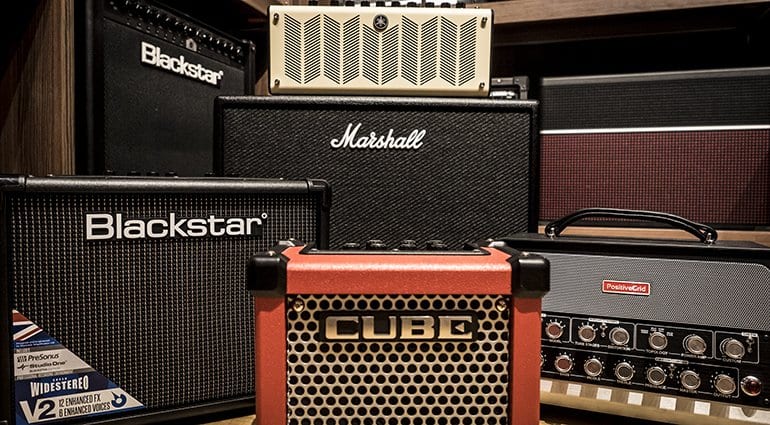
Sometimes a single amp sound is simply not enough. Especially for guitarists who play in top 40 bands, where the need for different sounds is enormous, from ultraclean funky sounds to the hardcore heavy. In any case Marshall and Vox are essential for those 70s accents. An amp that can cover a wide range of sounds, is extremely useful and also saves us the hassle of having to drag at least three amps, cabinets and an armada of effects pedals to a gig every weekend. Plus it’s also not such a bad thing having a multi-sounding amp at home either. A modeling amp is an all-in-one solution, especially with the amount of options these days. This article is meant to shed some light on the search for the ideal sound generator.
History
Amp-modeling is the digital reproduction of (tube) amplifiers. This is done through detailed analysis of the original amps, in laboratories from the various manufacturers. Digital fingerprints of the amps are made, so to speak, based on the original sound in terms of sound and responsiveness. The digital processors are very powerful and many well-versed guitarists are often no longer able to distinguish between the original and the digital replica during a blind test. The Modeling wave was initiated by Line 6 an American manufacturer who introduced the AxSYS 212 to the market in 1996, and the POD in 1998. At relatively the same time, Boss came out with the GP-100, a multi-effect with amp modeling, and COSM technology which was later transferred into Cube amps. In 2004 its sister company Roland, produced a classic, the Micro Cube, a small inexpensive practice amp, which to this day is still being built and delivers good high-gain sounds even at lower volumes. These amps are well suited for beginners, but also used by many professional guitarists as a practice or warm-up combo, such as Mark Tremonti who was spotted with a Micro Cube backstage.
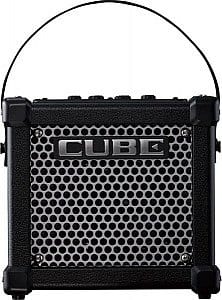
Roland Micro Cube GX BK
Modeling amps were, and are, still mainly used as practice amps, but in 2012 the German manufacturer Kemper stepped into the scene introducing the next milestone. Where with other manufacturers guitarists were dependent on the integrated amp models, with the Kemper Profiler, you’re given the possibility to create guitar amp profiles yourself. This opened up whole new possibilities and now Kemper Profiler is also offered with a power amp as a complete amp head. The Bias Head from Positive Grid, which recently launched in 2016, has a similar concept.
- Kemper Profiling Amp
- Positive Grid Bias Head Powered
Things to consider
Modeling amps are now available in all sizes and price ranges, while the question arises as to which features are important and which can you do without. Here are some points:
Application
The most important criteria is of course, application. If the Amp is only to be used at home for practice, then high volume is not needed and a small model will suffice. If your modeling-amp, when in the rehearsal room needs to constantly compete with the bass and drums, then you’re going to need more power. You should note that the power (sound pressure) of a tube amplifier is not equal to that of a transistor or modeling amp. A 30 watt tube amp has significantly more muscle than a 30 watt transitor amp. If then your drummer and bassist strike back, get an even more powerful amplifier.
Amp Models
The next consideration is the number and choice of amp models that your amplifier has. So which sounds are important to you and which would you rather do without. But it must be said, that now all manufacturers offer very good bandwidth, which can cover all sounds in the current top 40. Some may prefer amps, which offer a smaller selection of amp models, but are specifically of a higher quality.
Effects
Most modeling amps have an effects section on board. You should consider the sounds you need and above all how well and elaborate the general controls are. The effects on simple amps can be adjusted with a single controller – which is ideal for non tech savvy guitarists. But those who wish to delve deeper into effects, will need to access multiple parameters per effect. In any case, a tap function for tempo delay effects is definitely useful.
Storage space & Foot Switch
If you plan to use the amp during rehearsal or on stage, then you should control the various sounds with a foot switch. For professionals it is obligatory to have large storage space with a comfortable amount of control in the individual presets.
Connections – Recording
The amp should definitely be equipped with a headphone jack with speaker simulation, which allows you to play quietly and not to disturb anyone. An Aux-in is useful, so you can connect an audio player with line level and play to jam tracks or the originals. If you plan to use the amplifier for recording, it would make sense to have a USB connection.
Playability
The interaction with the amplifier is one of, if not the most important aspects according to many guitarists, meaning everyone has their own perception and preferences. It is advisable to test, for example, whether the saturation level of a Mid-Gain model can be controlled via the attack or the volume potentiometer. With High-Gain models the bass should not sound fuzzy, and clean amp models shouldn’t sound saturated at high volumes, such as when playing with the band.
Controls & Extras
For some Modeling Amps, the amplifier can be conveniently controlled via a computer app or tablet for e.g. via a Bluetooth connection. Furthermore, the audio files on the connected device can be conveniently played back via the amplifier. If you often listen to songs and play with the originals or jam tracks, it is of course somewhat easier to control using a tablet.
Checklist
Here is a small checklist including important features to ease your decision in selecting a modeling amp.
- Use / performance
- Amp models
- Effects
- Effects controls
- Storage space
- Foot switch
- Expression port to control volume or wah effects
- Headphone
- Aux In
- USB for recording
- Speaker Out
- Operation via computer / tablet
Selection
These days the range of modeling amps is immense, as many traditional manufacturers, who are usually known for tube amplifiers, also joined the modeling business. Here are some suggestions for the different requirements:
Practice amps
The Roland Micro Cube GX, Blackstar ID Core Stereo 20 V2, Yamaha THR 10c and the Line 6 Spider Classic is perfect for practicing at home.
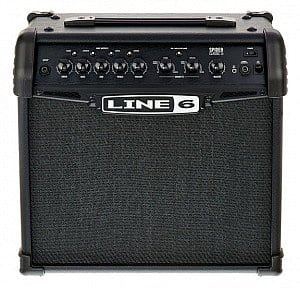
Line6 Spider Classic
Mid-range
The Fender Mustang III V2 , the Marshall code 50 and the Blackstar ID Core 100 are more powerful, which you can also take to rehearsals
High end
The Line 6 Firehawk 1500, the Kemper Profiler Power Head, Positive Grid Bias Head or the DV Mark Multiamp Mono are modeling amps recommended for on stage , and which can also be played at home of course 😉
2 comments
Leave a Reply
You are currently viewing a placeholder content from Facebook. To access the actual content, click the button below. Please note that doing so will share data with third-party providers.
More InformationYou are currently viewing a placeholder content from Instagram. To access the actual content, click the button below. Please note that doing so will share data with third-party providers.
More InformationYou are currently viewing a placeholder content from X. To access the actual content, click the button below. Please note that doing so will share data with third-party providers.
More Information

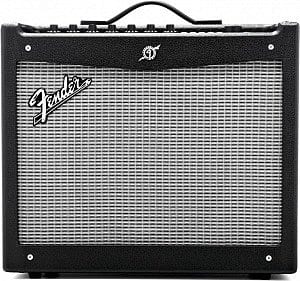
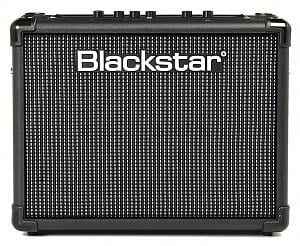
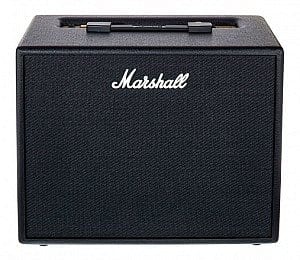
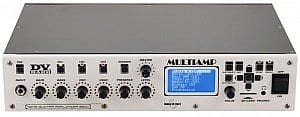
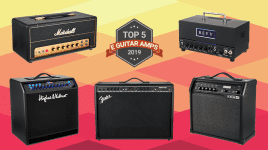
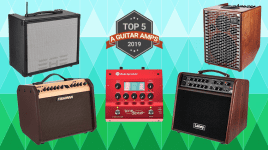
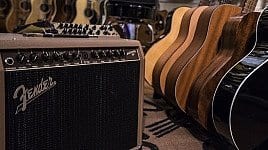
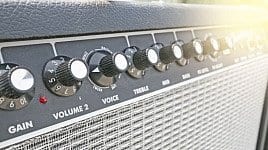

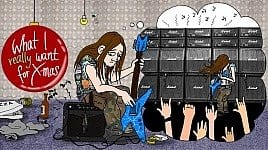
Smith Campbell says:
Whats wrong ….Peavey didnt get a mention??
MusicStreet says:
Hey! I have read all your Blog this is so nice and awesome service you have provided, I have learned so many new things from here and want to implement on my website. If you also want to know something new related to our services then visit my website.